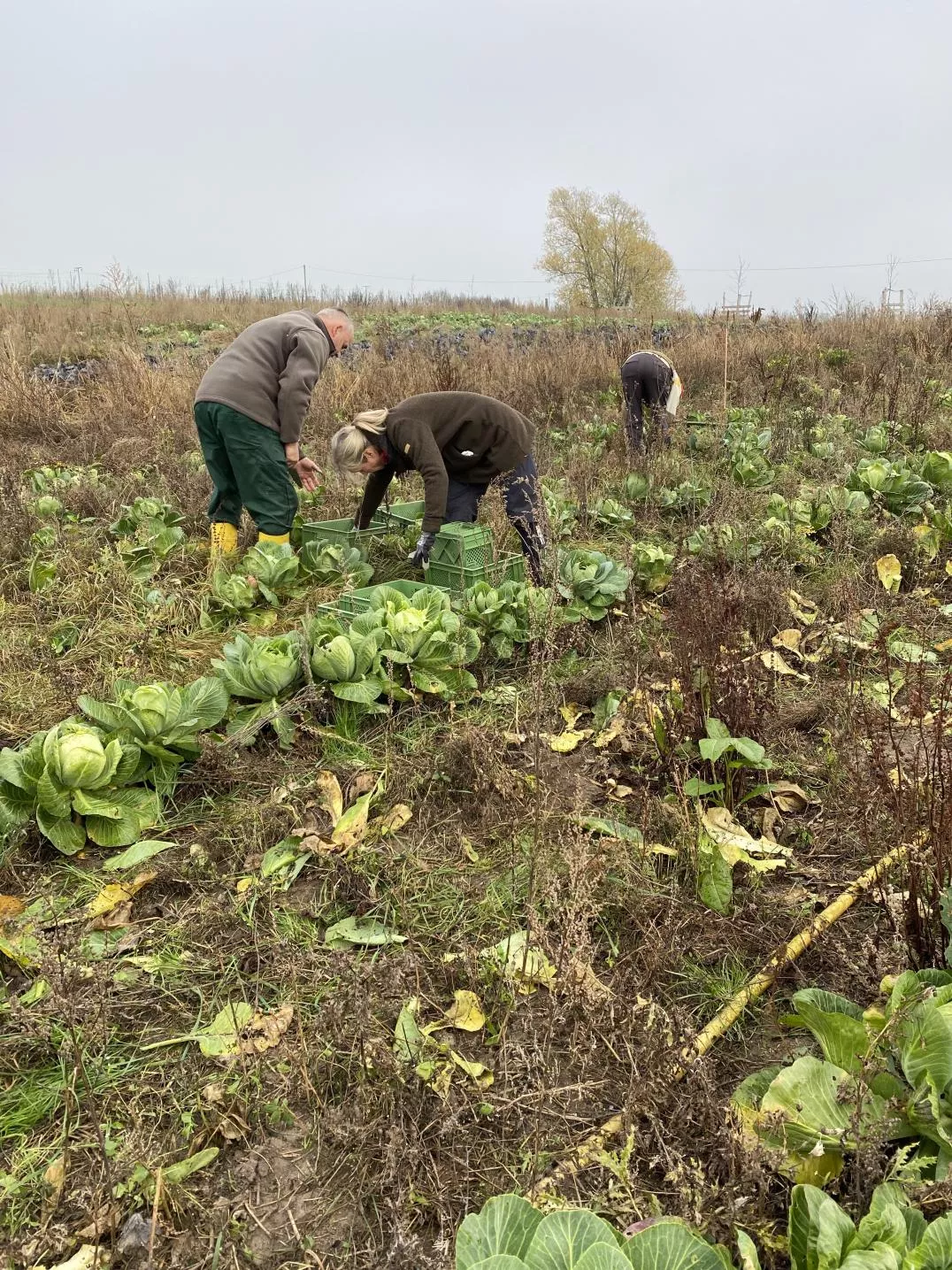Inspirational idea: Strip-till and strip-plant methods to improve soil fertility
The effects of climate change mean that soil is under extreme pressure. An Operational Group in Germany called BioStripPlant is testing the use of strip-till and strip-plant methods to improve the fertility of soils in organic market gardening.

The effects of climate change mean that soil is under extreme pressure. An Operational Group in Germany called BioStripPlant is testing the use of strip-till and strip-plant methods to improve the fertility of soils in organic market gardening. This project is running trials on the combination of these techniques with other organic and ecological practices and adapting methods to the regional conditions.
There is an increasing demand for organic vegetables in Brandenburg, north-eastern Germany. However, in recent years, higher water consumption and nutrient requirements, combined with a shorter cultivation period and worsening weather conditions are challenges being brought about by climate change. The naturally sandy soils have become less fertile. Measures for improving this are often costly, and farmers in the area are also limited in terms of personnel capacity. So this Operational Group set out to identify targeted innovations to regenerate the soils, to improve the economic situation of vegetable farms and at the same time contribute to environmental protection.
The project aims to transfer the strip-till and strip-plant methods that are already successfully used in arable farming to market gardening. These methods have been shown to reduce weed pressure, increase soil moisture and fight against soil erosion.
The project brings together an innovation company, several farms, an organic farming association and an agricultural institute. Over the 3 years, the farms involved will run field trials, testing combinations of vegetable crops, mulched cereal/legumes and living mulch , strip-till and strip-plant methods, adapting all of this to regional conditions.
Specifically, there are 3 areas on each of the field trials: one field mulched rye, one field with clover as a living mulch and one fallow field. In all three they create planting furrows (strips) with the strip till machine, fertilising at the same time, later in these furrows, the vegetables are planted. The crops do not rotate. For the following year the whole field is cultivated and intercrops are sown on the whole field.
The project is just starting its second year of trials and the partners are currently evaluating the yield of the crops. Isabell Szallies from the lead partner Agrathaer explains that they did encounter some challenges in the first year “We had an issue with the strip-till machine as organic manure blocks the pipes. So we found a solution by making some technical modifications to the machine itself and using very small 100% sheep’s wool pellets . The machine has since been working very well.”
“The first year’s results differ between the locations, with weeds being a major problem everywhere. The marketable yield of the vegetables didn’t always reach standard values, mainly due to poorly developed living mulch and occurrence of weeds. We also had big issues with the hot and dry weather conditions in 2022, causing management problems for the farmers.”
As well as outcompeting weeds, growing mulch keeps water in the plants, water that would otherwise be lost faster, and this is particularly important in sandy, porous soils when temperatures are high and the evaporation is exacerbated. Mulch can improve a bit the microclimate and is important during droughts.
“We sowed the living mulch Trifolium subterraneum in Spring 2022. The plant developed well later in the year, but at the beginning of the season, it did not meet our expectations. So for the second year of trials, we already sowed it in the Autumn to give it more time to develop. We are hoping for better results already in May or June.”
After having run the experiment for a year, the project partners have been able to identify some opportunities for improvement in the second year. Isabell continues, “We will adjust the sowing time and the composition of the intercrops. For example, instead of pure green rye, a mixture of cereals and legumes will be sown for a better mulch. The seeds for next year’s mulch and living mulch have already been sown and have started sprouting.”
The project has held field days and will continue to disseminate the results of trials as their work progresses.
Project information
Contact:
Isabell Szallies
Phone: 0049 3343282299
More information:
Photos: Harvesting the white cabbage, November 2022, Copyright: Isabell Szallies, Agrathaer GmbH